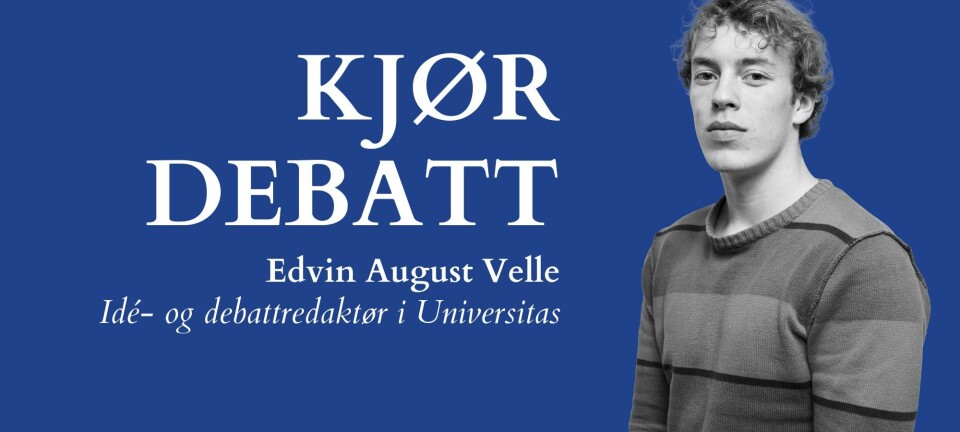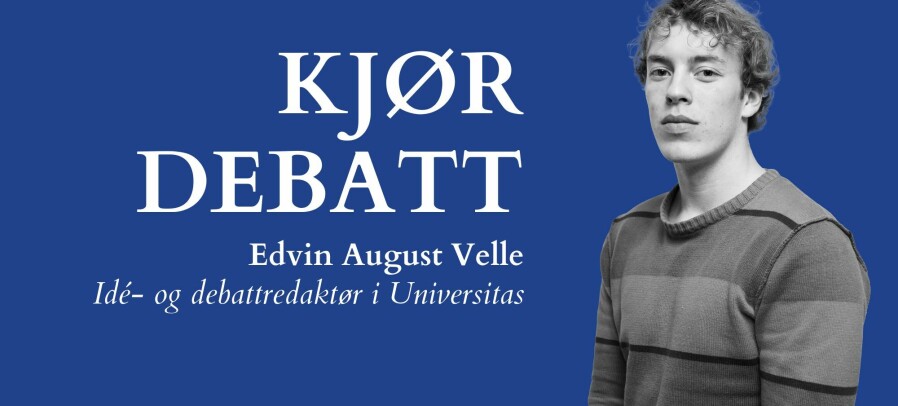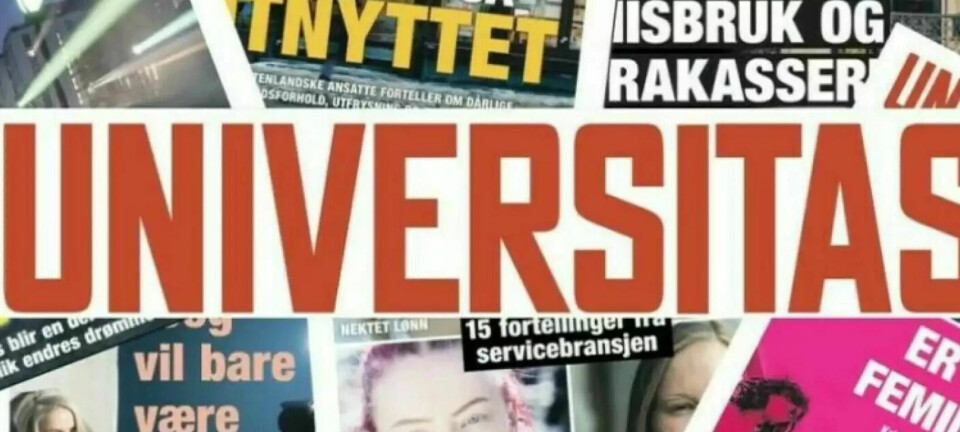#Review
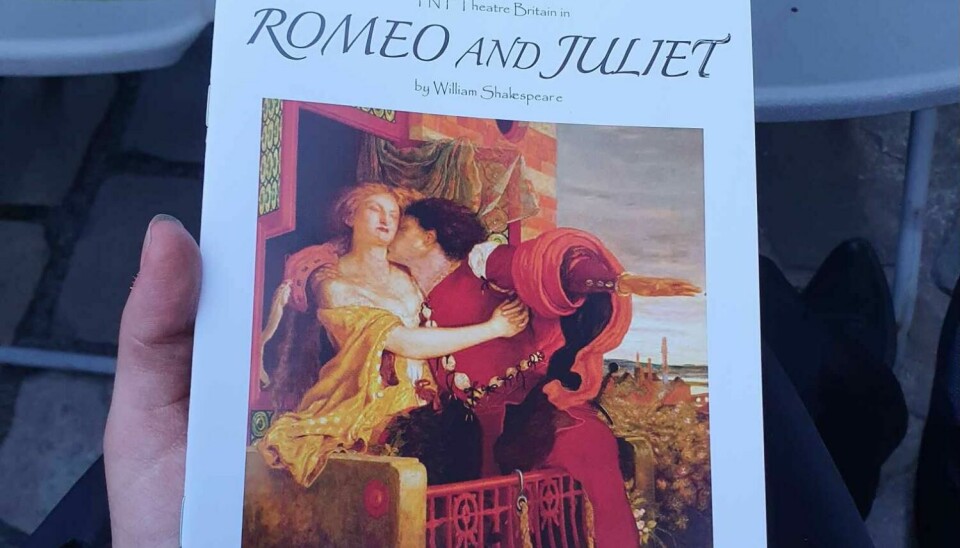
Starcrossed Lovers Under a Starry Sky
Romeo and Juliet at Akershus Festning — Review
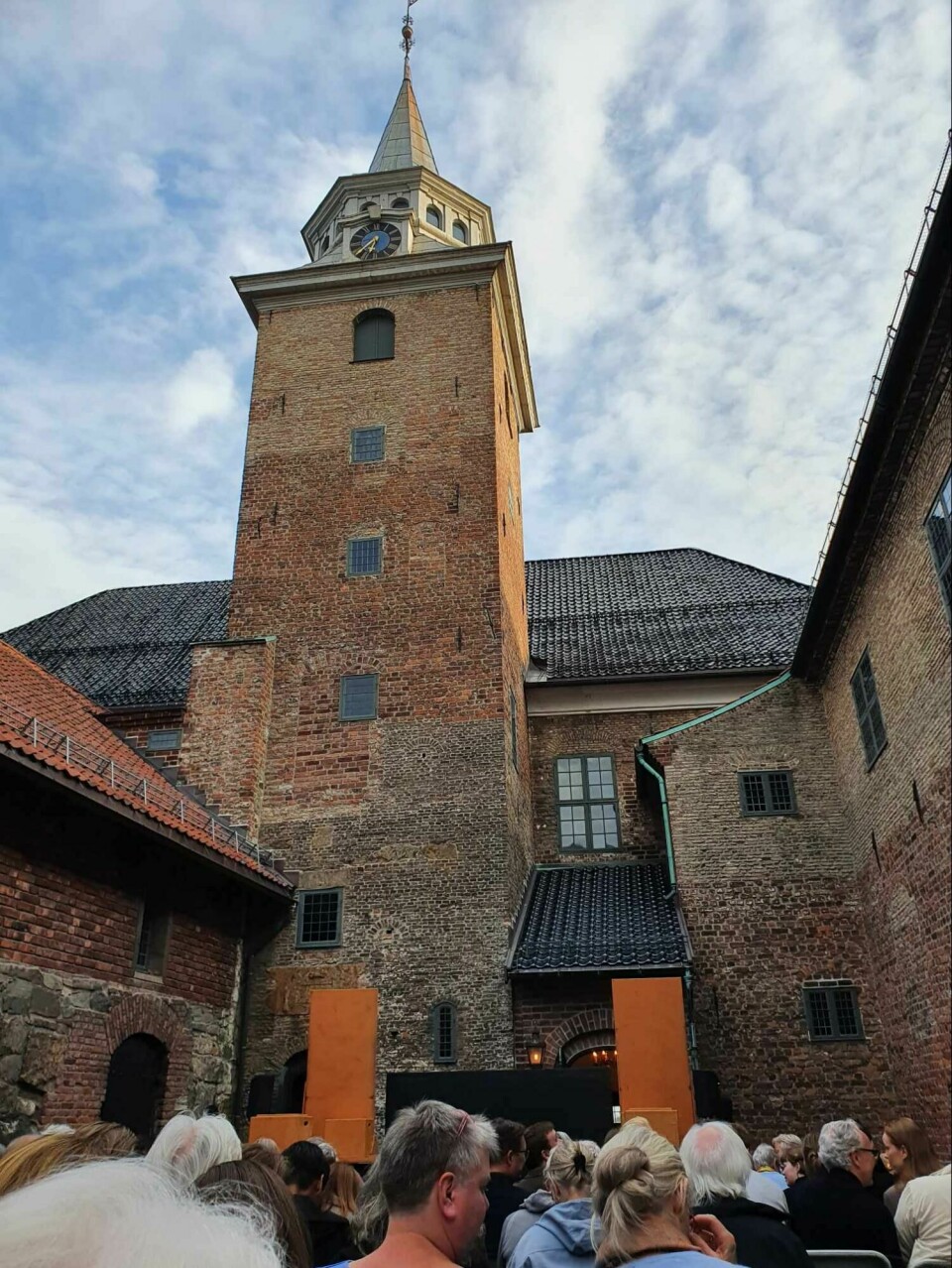
Romeo and Juliet, one of Shakespeare’s most beloved and well-known plays, paid a short visit to Oslo from August 31 through September 1, for a total of three shows. Though Shakespeare’s most acclaimed work, Hamlet, has returned periodically to the stage at the National Theater, this production of Romeo and Juliet was especially accessible to international students, as it was held entirely in English. The production was organized by TNT Theatre Britain, which has spent the summer putting on performances of the play in various castles all across Europe. The Castle Tour of Romeo and Juliet will continue on to Sweden, Denmark, Germany, Belgium, and the Netherlands, with its final performance falling on September 28th. The full itinerary can be found here.
Setting the Scene
I attended the performance held on the evening of August 31, which began at 7 p.m. The play was held outdoors on the grounds of Akershus Castle in a partially enclosed courtyard, which provided an appropriately Early Modern setting for an Early Modern play. Tickets were required for admittance to the event, with student tickets offered for the price of 225 kr. Seating was not assigned, so arriving early is a must if you want to secure good seats. Beer, wine, and other beverages were sold by the entrance, along with programs which could be purchased for 60 kr.
The show began while it was still light out, but as the evening went on, the sky became darker along with the mood as the tragedy unfolded. Romeo’s exclamation of “I defy you, stars!” was especially poignant as he shouts at the actual star-studded sky. In addition to enhancing the ambience, the infrastructure of the castle was also used towards practical purposes. Romeo’s exile is conveyed when the actor climbs into one of the castle’s towers and delivers his soliloquies from the window.
Elizabethan Authenticity
One of the production’s biggest concerns is presenting Romeo and Juliet in as close to its original form as possible, with the goal of giving the audience an authentic Elizabethan experience. The castle setting goes a long way toward accomplishing this effect. On the wall to the right of the stage, one observes bars of iron wrought to form the year 1638, which dates the construction of the courtyard to only twenty-two years after Shakespeare’s death. This interest in authenticity is also seen in the style of costuming, which is simple though clearly meant to convey the Renaissance period. At the homepage of the Castle Tour, the production is described as “freed from the clichés of West Side Story and the film starring Leonardo DiCaprio, and is rediscovered as a story not of urban street kids but of ‘two houses both alike in dignity.’”
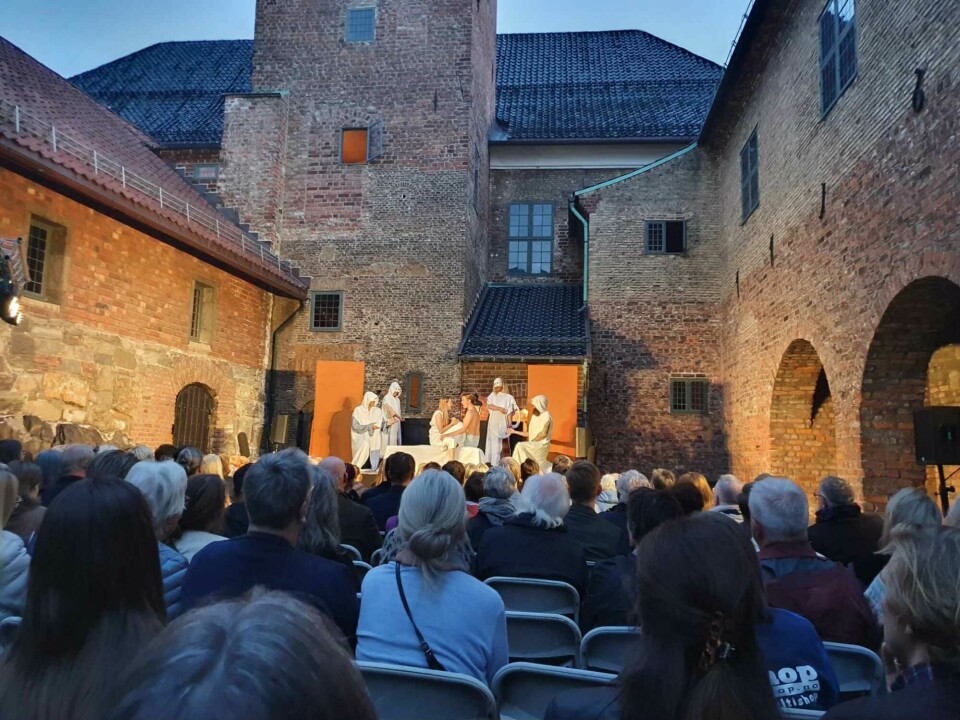
However, luckily for most, the production is not too authentic, as it has been reduced to an hour-and-a-half runtime, and even the groundlings are given the luxury of folding chairs to sit on, to adjust for modern attention spans and expectations of comfort.
The production also puts the audience in closer contact with the bawdy humor and eroticism that lies often unnoticed in Shakespeare’s plays. For example, Juliet’s line to Romeo, “You kiss by the book” during their first encounter is played for laughter, with Juliet jumping on top of Romeo afterwards, apparently looking for romance of a more original flavor. The character of the Nurse is given the majority of the sexual innuendos in the play, and she makes the most of them, but the portrayal veers away from authentically Elizabethan when she periodically produces a flask and giggles every time she takes a drink. While the overall intention is to bring Shakespeare down to earth and make his humor accessible to modern audiences, the Nurse’s portrayal as drunk and inattentive erases the nuances of the character, who the original play does present as silly, but ultimately someone with Juliet’s best interests at heart.
Auspicious Stars
The cast is a small one, with some members carrying double or triple roles. David Chittenden’s dual performance as Benvolio and Capulet was particularly impressive, as he shifts so skillfully between Benvolio’s well-meaning kindness and Capulet’s unfeeling authoritarianism, I almost forgot they were played by the same person. Additionally, Dan Wilder’s portrayal of Mercutio and Paris demonstrated his comedic range, with Mercutio’s larger-than-life personality contrasted with a mincing and foppish Paris.
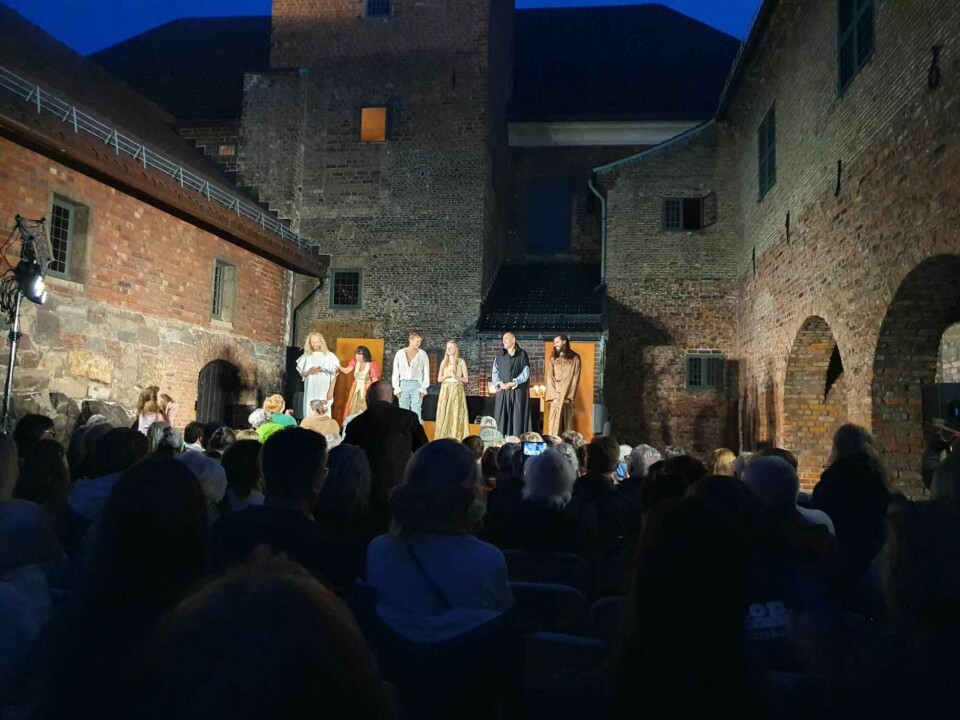
While Romeo and Juliet in whatever form is a tragedy marked by death, TNT’s production is unique in that it not only treats death as a core theme, but also personifies it as a character. During scene changes, masked figures clad in black and white appear to change the set dressings, reasserting the presence of an ominous foreboding while giving the other actors time to change costumes or find their marks. After the prologue, these figures make their first appearance, one of which holds a rose, while the other carries a skull. In the program, Director Paul Stebbins calls death “the third symbolic protagonist, unseen but ever present.” It is fitting then, that nearly every cast member finds themselves in the part of this personification of Death at some point during the show.
“Go hence, to have more talk of these sad things.”
TNT’s production of Romeo and Juliet was an enjoyable and atmospheric experience, and as a Shakespeare-loving international student, it was a rare treat to have the opportunity to see the play in English while in Oslo. With some especially captivating performances against the beautiful backdrop of Akershus Castle, it is an experience that will live long in my memory.

